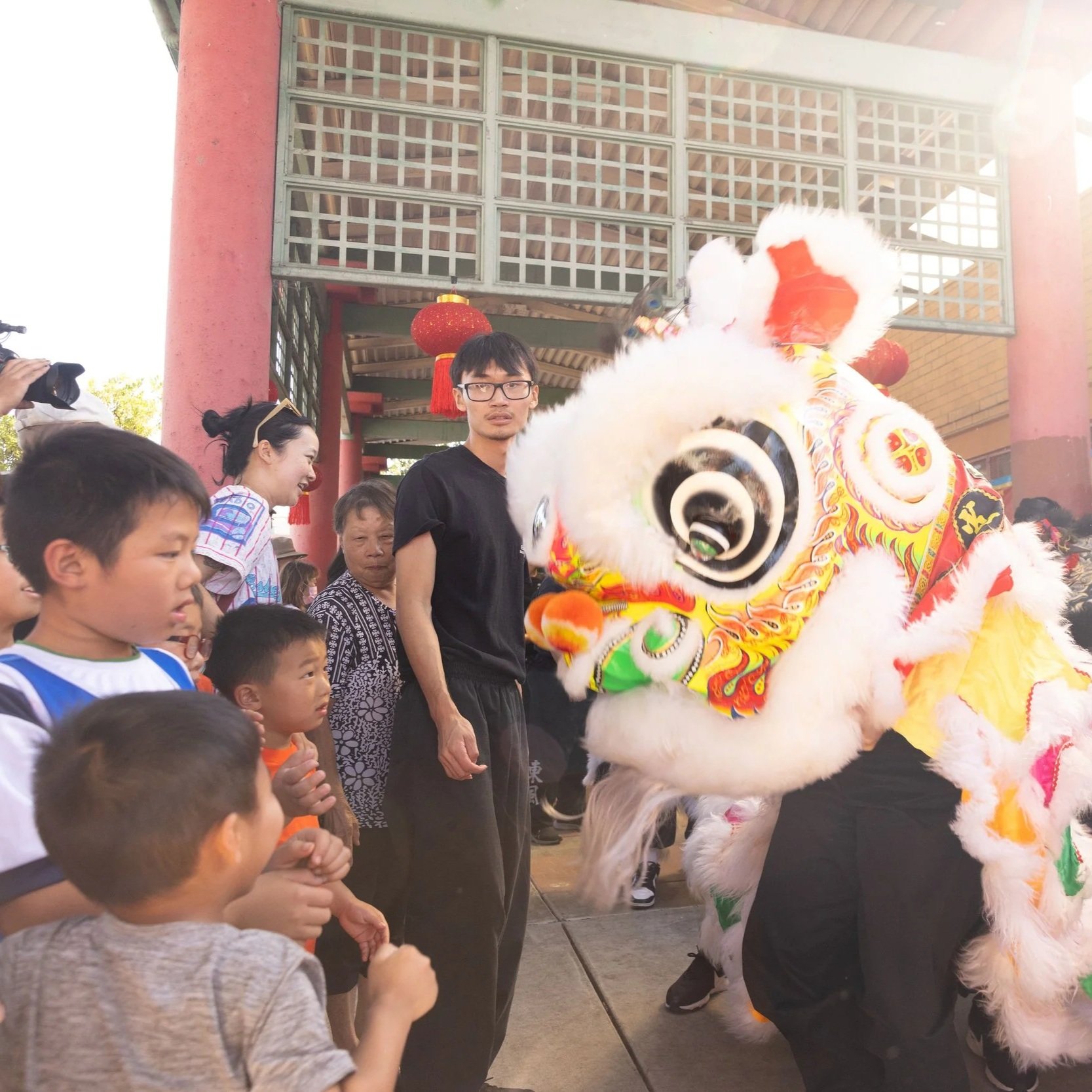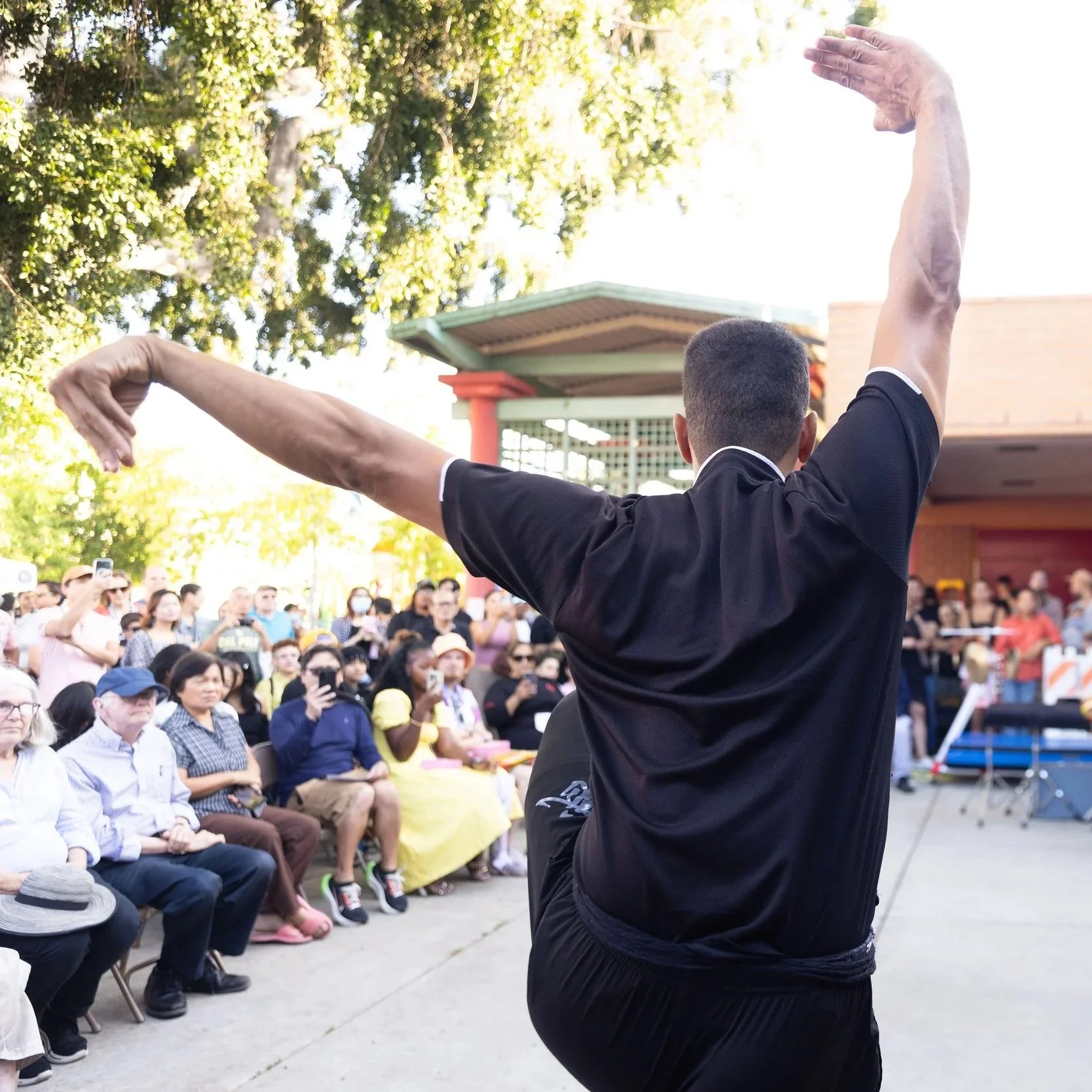Sun sept 7 2025
4-7pm
Join us for the 2nd Annual Los Angeles Hungry Ghost Festival at the Alpine Recreation Center, the heart of LA Chinatown. Through performance, ritual altars, and community celebration, we honor our ancestors and appease hungry ghosts.
Building on last year’s success, this year’s festival features lion dance and Zodiac play by The East Wind Foundation for Youth, live music by Micah Huang and Annie Zhou, dance performances by The Sunset Light Dance Team, and martial arts demonstrations by Misako.
Activities for youth include cultural crafts tables, face paint station, bouncy house, and a scavenger hunt.
The festival is free and open to the public. We can’t wait to see you there!
connect with us on instagram
Contact Us
Questions about the 2025 Festival? Want to get involved? We can’t wait to hear from you!




